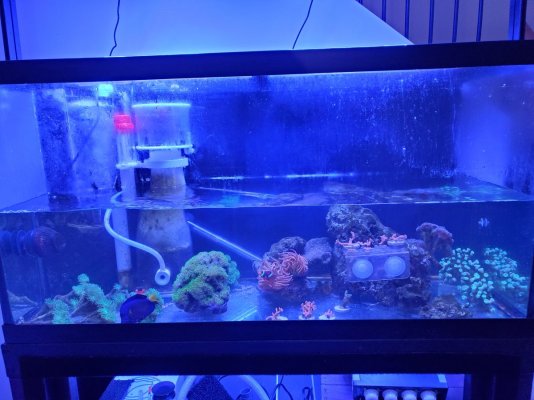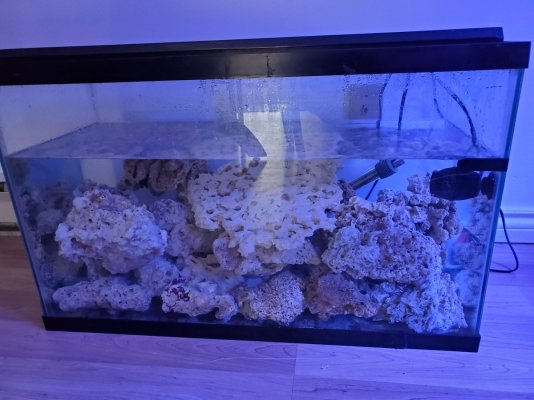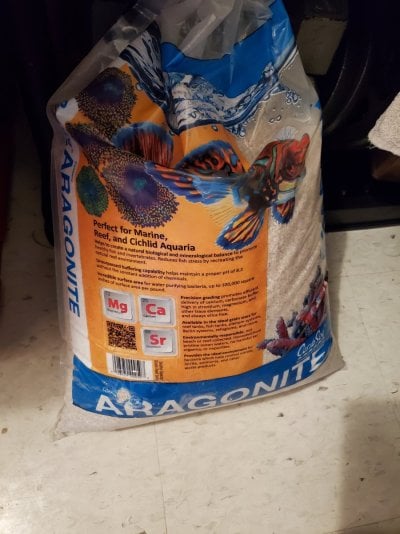Hi Folks,
I am looking for some feedback regarding the cycling of aragonite. I will be starting a cycle this weekend of roughly 60-70lbs of dry rock that I recently bleached and treated with prime. I picked up some Carib Sea Special Grade Reef Sand (Dry). My plan is to cycle the rocks in a separate tank from my main display tank, and once the cycle is complete, add them to my display along with the dry aragonite (after rinsing it with RODI multiple times) , so everything will go in the tank in one shot.
My question is that I am wondering if it is necessary to cycle the aragonite with the dry rock?
My theory is no, since the aragonite is dry and contains no dead organic compounds that would cause an ammonia spike once its added to my display tank. Simply put, bacteria would just grow in this substrate overtime once added to the tank. This theory would essentially be the same with the bleached dry rock I have, but I figured I may as well just cycle it and get a head start. I could do the same with the aragonite, just seems like a hassle to cycle it in a separate tank and scoop it out once the cycle is complete.
Thanks!
I am looking for some feedback regarding the cycling of aragonite. I will be starting a cycle this weekend of roughly 60-70lbs of dry rock that I recently bleached and treated with prime. I picked up some Carib Sea Special Grade Reef Sand (Dry). My plan is to cycle the rocks in a separate tank from my main display tank, and once the cycle is complete, add them to my display along with the dry aragonite (after rinsing it with RODI multiple times) , so everything will go in the tank in one shot.
My question is that I am wondering if it is necessary to cycle the aragonite with the dry rock?
My theory is no, since the aragonite is dry and contains no dead organic compounds that would cause an ammonia spike once its added to my display tank. Simply put, bacteria would just grow in this substrate overtime once added to the tank. This theory would essentially be the same with the bleached dry rock I have, but I figured I may as well just cycle it and get a head start. I could do the same with the aragonite, just seems like a hassle to cycle it in a separate tank and scoop it out once the cycle is complete.
Thanks!



















